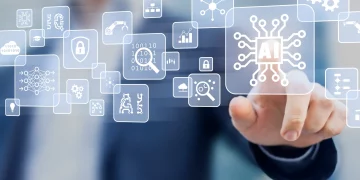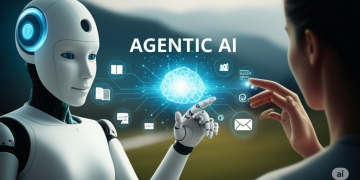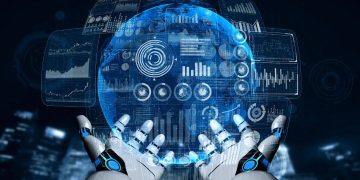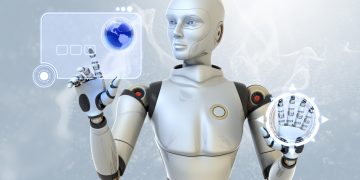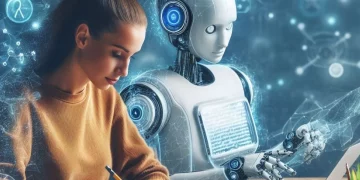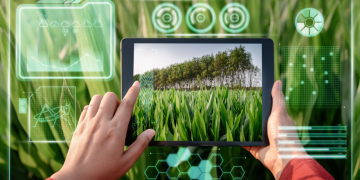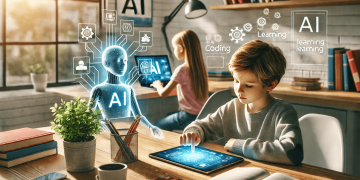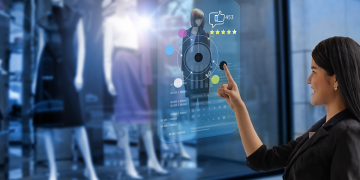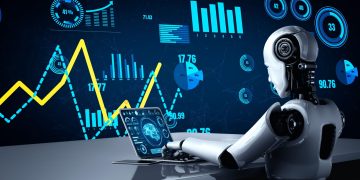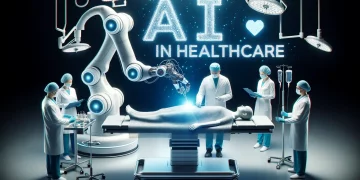As artificial intelligence continues to evolve, the next frontier is clear: true autonomy. While today’s AI systems can perform sophisticated tasks—recognizing images, generating text, navigating environments—they largely rely on static models trained in advance and require frequent human oversight or manual updates. But with the rise of adaptive machine learning algorithms, AI is poised to enter a new phase: one in which systems continuously learn, self-improve, and make complex decisions on their own, in dynamic, unpredictable environments.
This shift holds profound implications for industry, society, and the future of human–machine collaboration. In this article, we explore what adaptive machine learning is, how it differs from traditional approaches, and how it will shape a new era of AI-powered autonomous decision-making.
1. What Is Adaptive Machine Learning?
Adaptive machine learning refers to systems that adjust their models and behavior automatically over time, in response to new data, changing environments, or evolving goals—without retraining from scratch.
Key characteristics include:
- Online or continual learning: Updating the model incrementally as new data arrives
- Context awareness: Adjusting decisions based on real-time input or environmental shifts
- Self-optimization: Dynamically fine-tuning hyperparameters or internal logic
- Feedback loops: Learning from the outcomes of prior actions and modifying future behavior accordingly
This is in contrast to traditional ML models, which are trained on static datasets and then deployed as fixed systems.
2. Why Is Adaptivity So Critical for Autonomy?
Autonomous decision-making demands flexibility, robustness, and resilience in complex and often noisy environments. Consider self-driving cars, financial trading bots, personalized healthcare systems, or autonomous drones. In all these scenarios:
- Environments are non-stationary: New variables, risks, or contexts emerge continuously
- Data evolves: User preferences, behavior patterns, or market trends shift over time
- Decisions have consequences: The system must learn from its actions and refine its strategy accordingly
Only adaptive algorithms can meet these demands, by learning while doing and adjusting in real time.
3. Core Technologies Enabling Adaptivity
a. Online Learning and Lifelong Learning
These techniques allow models to incorporate new data gradually without catastrophic forgetting. Lifelong learning systems retain past knowledge while acquiring new capabilities over time.
b. Reinforcement Learning (RL)
In RL, agents learn to make decisions by interacting with environments and receiving feedback (rewards or penalties). Advanced variants like deep reinforcement learning, multi-agent RL, and meta-RL enable sophisticated, adaptive behavior in real-time systems.
c. Meta-Learning (“Learning to Learn”)
Meta-learning systems can adapt quickly to new tasks with minimal data by learning how to generalize from previous experiences. This is especially important in low-data or rapidly changing environments.
d. Bayesian Optimization and Probabilistic Models
These allow systems to make decisions under uncertainty, updating beliefs and strategies as new information becomes available.
e. AutoML and Neural Architecture Search
AI systems that can autonomously select model architectures or adjust learning strategies can adapt to changing datasets or performance requirements.
4. Real-World Applications of Adaptive AI in Autonomous Decision-Making
a. Autonomous Vehicles
Self-driving cars must adapt to weather changes, unpredictable human drivers, and road conditions. Adaptive ML enables them to update navigation strategies, recognize new objects, and respond to novel hazards without human intervention.
b. Smart Manufacturing
Adaptive control systems optimize production processes in real time, responding to sensor feedback, equipment wear, and demand fluctuations. This increases efficiency and reduces waste.
c. Financial Services
Algorithmic trading systems and credit risk models adjust strategies dynamically based on market trends, geopolitical events, or user behaviors, reducing risk and increasing returns.
d. Personalized Medicine
Healthcare systems can adapt to patient responses, comorbidities, and genetic differences to deliver tailored treatments, adjusting care plans continuously based on patient outcomes.
e. Cybersecurity
Threat detection systems must adapt to new attack vectors and behavioral anomalies in real time. Static models fail in the face of evolving cyber threats, but adaptive systems can detect and respond to zero-day vulnerabilities as they emerge.

5. Benefits of Adaptive AI for Autonomous Systems
- Resilience: Robust to data drift, adversarial conditions, and unexpected changes
- Efficiency: Reduces need for constant human retraining or model updates
- Scalability: Operates in new environments without extensive reengineering
- Personalization: Learns user behavior to improve relevance and responsiveness
- Real-time learning: Enables continuous improvement and performance optimization
6. Challenges and Limitations
Despite its promise, adaptive AI also introduces significant complexities:
a. Stability vs. Plasticity
Learning too quickly may destabilize performance; learning too slowly can lead to poor adaptability. Striking the right balance is a central challenge.
b. Safety and Reliability
In safety-critical systems (e.g., aviation, healthcare), adaptation must be controlled and transparent to avoid unintended consequences.
c. Data Privacy
Continual learning often requires user data to be stored or streamed, raising concerns about surveillance and data governance.
d. Explainability
Adaptive systems change over time, making them harder to audit and interpret—especially in regulated domains.
e. Computation Cost
Real-time learning requires significant processing resources, particularly for large-scale models or edge deployment.
7. The Future: Toward Autonomous, Self-Evolving AI Systems
The convergence of adaptive learning, edge computing, and real-time feedback loops is paving the way for fully autonomous AI ecosystems.
Emerging possibilities include:
- Self-healing software: AI that detects bugs or performance drops and rewrites or reconfigures itself
- Intelligent agents in open-world simulations: AI entities that learn new goals and strategies in virtual or physical worlds
- Co-evolving human–AI teams: Systems that learn from and teach humans over time, growing together through mutual adaptation
- Mission-critical autonomous agents: AI systems operating with minimal oversight in space exploration, disaster response, or undersea research
Conclusion
Adaptive machine learning is the key to unlocking AI’s full potential in autonomous decision-making. By enabling systems to learn continuously, adjust dynamically, and respond intelligently to change, adaptivity transforms AI from a passive tool into an active agent capable of self-directed action.
This marks a paradigm shift—from models that perform tasks under fixed assumptions to intelligent systems that evolve with the world around them.
The road ahead requires careful design, ethical oversight, and rigorous testing—but the trajectory is clear. In the era of adaptive AI, machines won’t just follow instructions. They will make decisions, learn from outcomes, and act independently—ushering in a new age of autonomy, innovation, and possibility.





